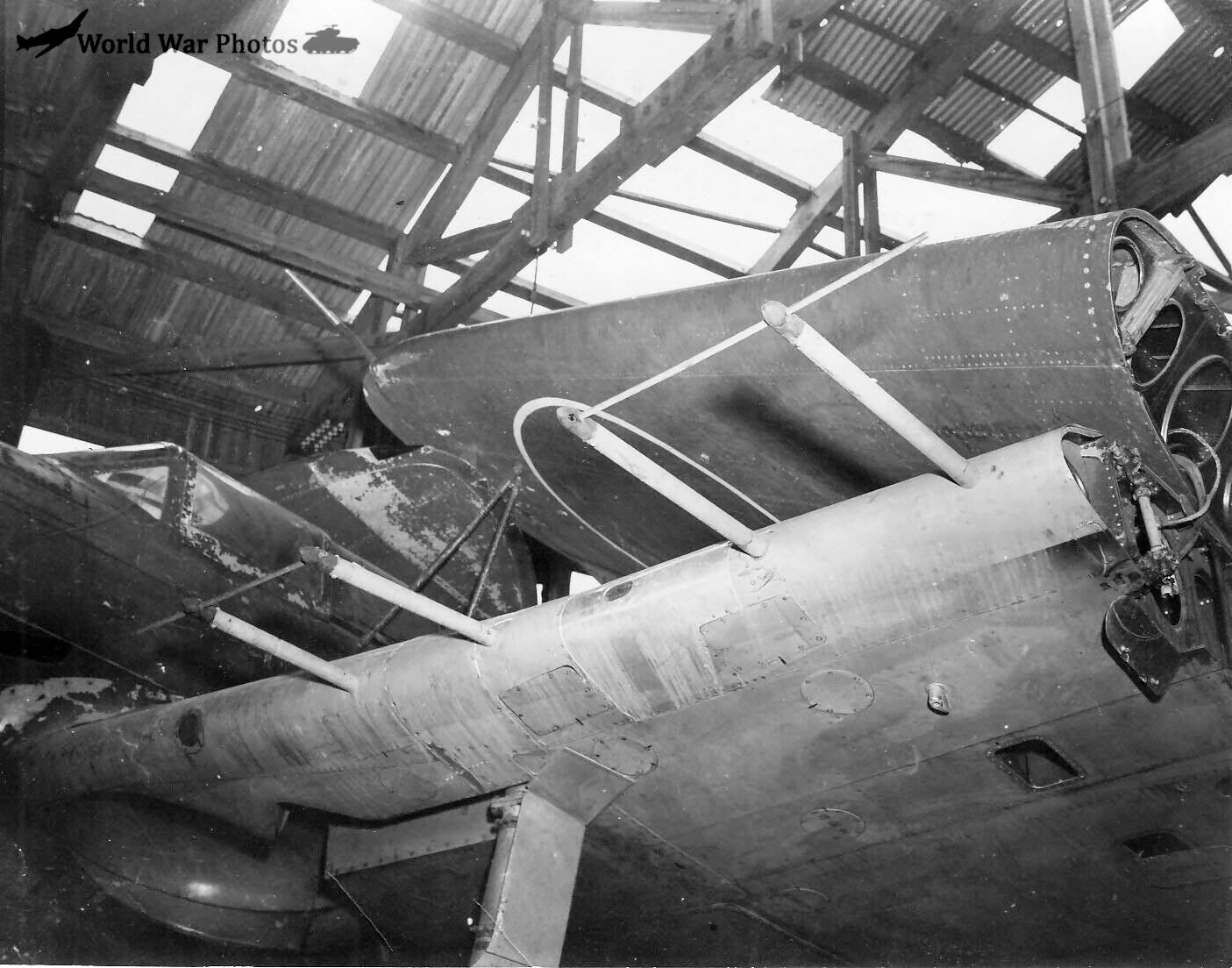As the Pacific War continued, the Nakajima B5N2 “Kate” torpedo bomber, once highly effective during the early years of World War II, began to show its vulnerabilities, particularly in the face of advanced American aircraft like the Grumman F6F Hellcat and the Vought F4U Corsair. These weaknesses—specifically, its lack of crew armor and self-sealing fuel tanks—led to its relegation from frontline combat to secondary roles by the mid-1940s.
Transition B5N to Secondary Roles:
The surviving B5N2s were largely reassigned to training, target-towing, and anti-submarine warfare (ASW) duties, with many of them being used by units like the Usa Kokutai. This naval air group employed war-weary B5N2s, along with the B5N1-K, a trainer version of the earlier B5N1, as these models were no longer used in combat operations.
From late 1942 onwards, the B5N2s became essential in maritime reconnaissance and ASW roles. These missions were increasingly important as Japanese convoys were heavily targeted by Allied submarines. The B5N2’s long-range capabilities made it a valuable asset for escorting convoys traveling between Japan and occupied territories in Southeast Asia, particularly Singapore and the Philippines.
Anti-Submarine Warfare:
Initially, B5N2 crews relied solely on visual reconnaissance to spot enemy submarines. As the war progressed, air-to-surface vessel radar was installed on some aircraft, recognizable by the radar aerials along the rear fuselage and wing leading edges. A smaller number of B5N2s were fitted with Jikitanchi Magnetic Airborne Detection (MAD) equipment, which had limited effectiveness unless the aircraft flew extremely low, at around 30-40 feet above the water.
For ASW missions, the B5N2 was equipped with Type 99 Model 6 Mark 2 60 kg and Type 1 Model 25 Mark 2 250 kg aerial bombs. These bombs were fitted with delayed-action time fuses, allowing the B5N2 to drop them near submerged submarines and achieve damaging blasts.
Notable ASW Successes:
Sinking of USS Grenadier (SS-210):
- On April 21, 1943, a B5N2 successfully attacked the Tambor-class submarine USS Grenadier near the Malay Peninsula during its sixth war patrol. A depth charge detonated close to the submarine at 120 feet, causing significant damage to the propulsion systems and rendering the vessel immobile. Unable to repair the damage, the crew scuttled the Grenadier to avoid capture. The weapon used was likely a 250 kg Mark 2 depth bomb, the largest Japanese depth bomb developed at the time.
Sinking of USS Grayback (SS-208):
- On February 27, 1944, another B5N2 sank the USS Grayback in the East China Sea after the submarine had just completed its 14th successful attack by sinking the freighter Ceylon Maru. A B5N2 spotted the Grayback on the surface and dropped a bomb that reportedly caused the submarine to explode and sink immediately. Japanese ASW ships continued to depth-charge the area, but no survivors were found, only a heavy oil slick.
The Nakajima B5N2’s transition to anti-submarine warfare roles proved crucial as Japanese convoys faced increasing threats from Allied submarines. While the aircraft was no longer capable of competing with advanced Allied fighters, it still played a key role in defending Japanese naval operations, especially through ASW and maritime reconnaissance missions. Despite its inherent weaknesses, the B5N2 continued to be a versatile tool for the Japanese Navy until the war’s end.
